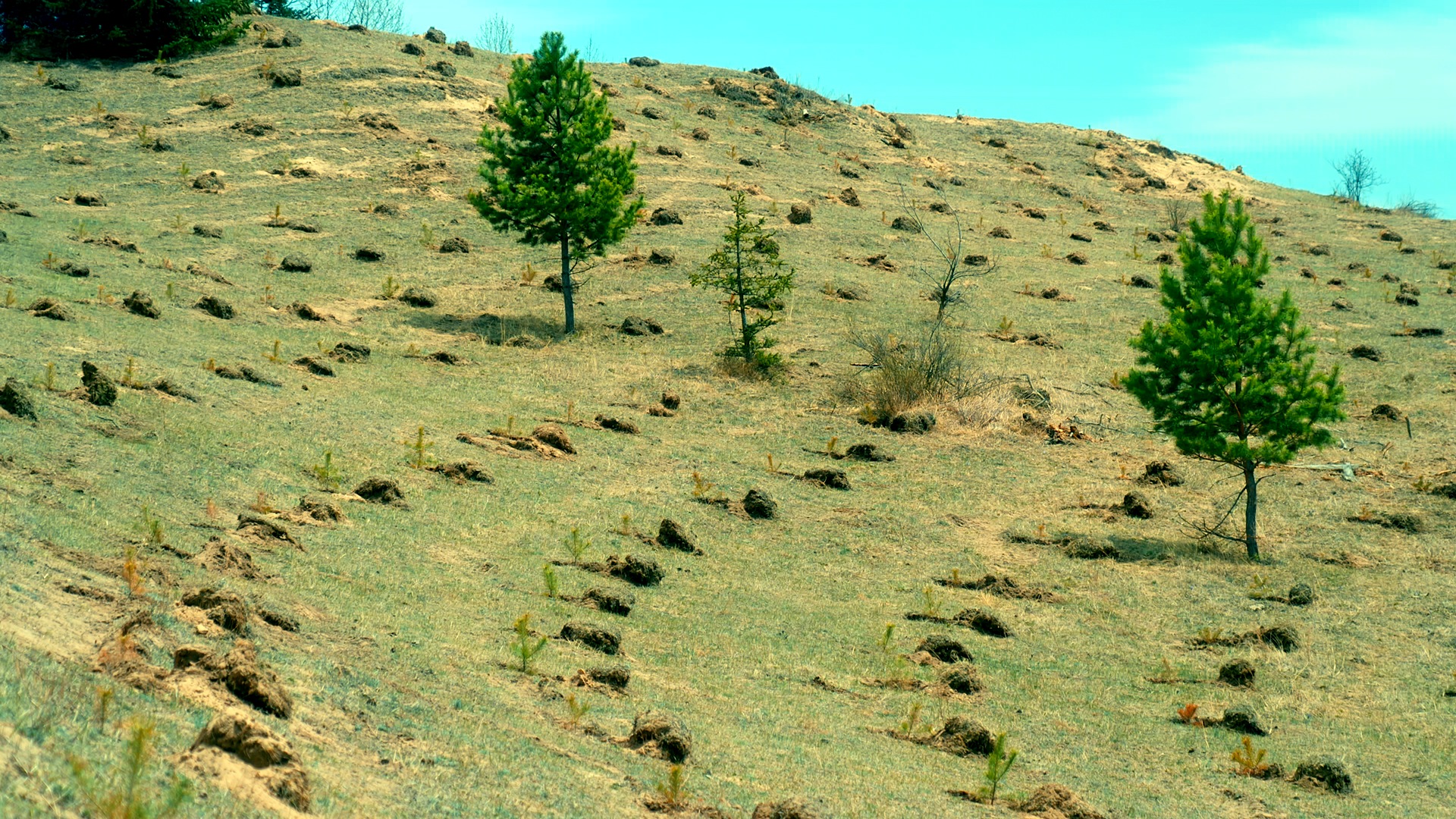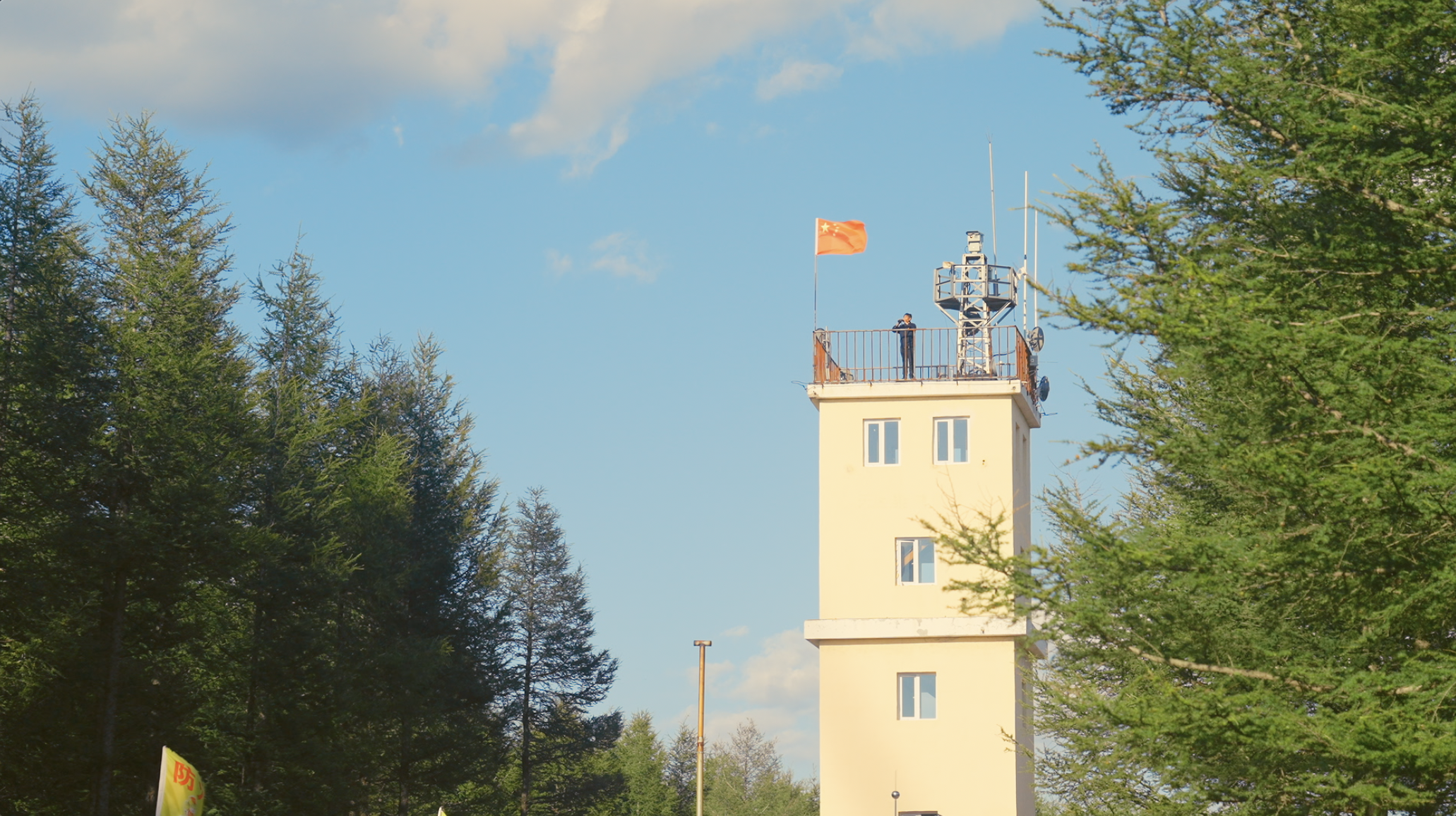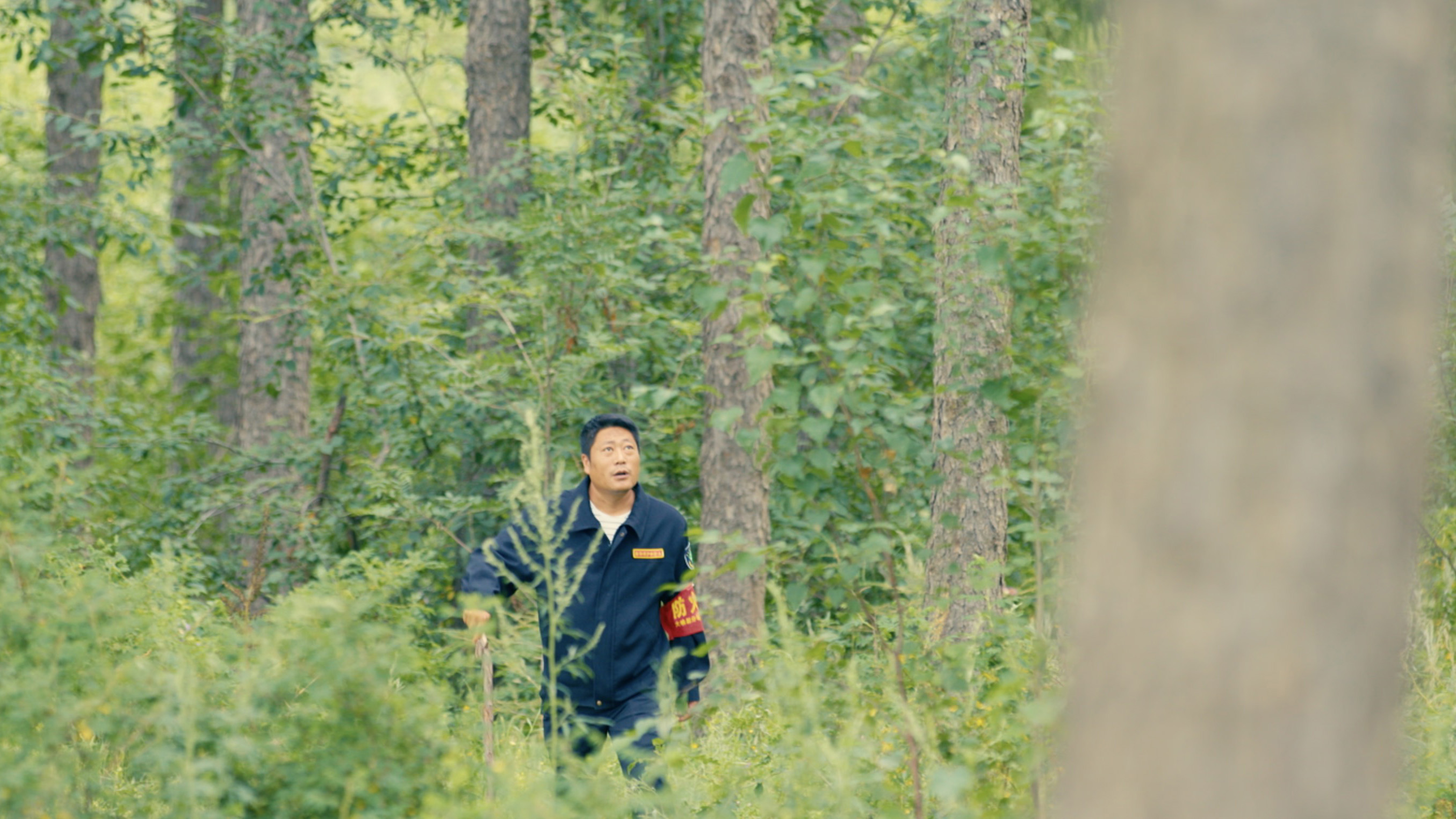Forty-five years ago, China launched an ambitious forestation project, the "Three-North Shelterbelt Forest Program," in the country's northwest, north, and northeast, determined to combat the expanding desert and deteriorating environment. Over four decades later, conservation efforts have paid off.
The project covers over four million square kilometers, or 42.4 percent of China's land area. Saihanba, now known as the world's largest artificial forest, is one of the most prominent role models for demonstrating the significance of this green project.
Here are some episodes from our featured program, "Journeys in Nature," that revisit the stories from the time of this great transformation.
05:26

In the 17th century, Saihanba was a sea of lush forests. The name, a combination of Chinese and Mongolian languages, literally means "beautiful highlands." By the end of the nineteenth century, the shrinking forest area had begun to take its toll on the environment, causing soil erosion and desertification. Efforts to improve the situation began in the 1960s with the first batch of 369 young pioneers who answered the nation's call and settled in Saihanba at a time when even birds had difficulty finding trees to perch on.
05:26

Generations of Saihanba residents endured unspeakable hardship over the past few decades before transforming the desolate and lifeless land into an oasis. Now Saihanba has a plantation area of close to 80,000 hectares. The rate of forestation in Saihanba surged from 11 percent in the 1960s to more than 80 percent at present. In 2017, Saihanba won the UN Champions of the Earth Award for its contribution to the restoration of degraded landscapes.
05:26

05:37

Ningxia Hui Autonomous Region in northwest China is another example of how persistent efforts resulted in concrete outcomes for making the country greener.
05:23

05:23

(If you want to contribute and have specific expertise, please contact us at nature@cgtn.com.)